Our beloved companions have many qualities, but when it comes to staying hydrated, they are often at the bottom of the class.
We forgive them easily and ensure we provide them with high-quality wet food, which gives them the hydration they need, not forgetting of course to leave fresh, clean water available at all times.
Hydration for Our Cats
Originating from the desert, our cats drink little and mostly hydrate through their food, meaning the prey they would consume in the wild. However, proper hydration is essential for the proper functioning of their organs.
Although we often feel that our cats hydrate sufficiently by drinking from their bowl or through water fountains, they actually struggle to meet their water needs, especially if they are only consuming dry food in addition. Therefore, it is highly recommended to incorporate wet food into their diet, or ideally, to opt for a 100% wet food diet.
A cat that doesn't drink or doesn't consume water through their food may suffer from chronic dehydration, potentially leading to urinary stones.

Wet, Semi-Wet, and Dry Food: What Are Their Water Contents?
A complete food for cats can be wet, semi-wet, or dry, depending on its water content, which is expressed as a percentage of moisture.
A wet food must legally have a water content greater than 60%, but typically this content is around 75% minimum for pâté.
A semi-wet food, on the other hand, contains between 14% and 60% moisture. Finally, a dry food, such as dry kibble for cats, contains less than 14% moisture.
For complete foods, the moisture content must be declared only if it exceeds 14%. Therefore, it is not visible on the labels of dry food, as most dry foods contain between 5% and 8% water.
Choosing Wet Food for Proper Hydration
Although they generally drink little, our little companions readily enjoy wet foods that are rich in water.
In the wild, the prey our cats consume contains an average of 70% water... While kibble only contains 7 to 10%.
A mouse, for example, contains an average of 75% water, which is similar to the moisture content in pâté. In addition to the water found in pâté, it typically contains fewer carbohydrates, particularly starch, and more high-quality proteins compared to dry food. Furthermore, all scientists agree that a cat fed with kibble barely compensates half of the missing water by drinking.
Moreover, eating a meal diluted in a large volume of water leads to quicker water absorption into the bloodstream.
One of the advantages of wet food is that our cats consume water without realizing it. And when food contains a high proportion of water, it makes for a more voluminous, less calorie-dense diet, which promotes satiety. Lastly, pâté is well-suited to the environmental constraints of sterilized and sedentary cats, who are more prone to conditions such as overweight, obesity, and urinary stones.

What Are the Health Benefits of Wet Food?
Goodbye Constipation
The causes of constipation in our cats are varied: it can be linked to medication, a change in lifestyle, dehydration, or more serious health issues... We recommend scheduling a prompt visit with your veterinarian to determine the exact cause and rule out certain conditions.
When our cats' hydration is insufficient, the body draws water from the digestive tract. When it becomes dehydrated, particularly in the rectal area, this can trigger episodes of constipation.
After a consultation with your veterinarian, if it is determined that your cat's constipation is due to insufficient water intake, it may be beneficial to change their diet. In this case, a wet food diet would be ideal, and you may consider adding zucchini to their meals to regulate their digestive system.
Preventing Urinary Issues
Remember that the less a cat drinks, the more concentrated their urine becomes in minerals. These minerals can contribute to the formation of crystals, such as magnesium ions, ammonium, and phosphates, which form struvite crystals (urinary stones).
Wet food also helps produce more diluted (or less concentrated) urine, thereby preventing urinary problems.
Here’s why: with wet food, our cats produce more abundant urine that is less concentrated in minerals that lead to urinary stones. Consequently, urination becomes more frequent and helps cleanse your cat's bladder.
If hydration is sufficient, wet food provides excellent hydration and contributes to the prevention of urinary stones in cats. However, it’s important that the wet food is of good quality and well-balanced, especially in minerals (being rich in water is unfortunately not enough).
Reducing the Risk of Obesity and Overweight
A cat that primarily consumes wet food will have a much lower risk of being overweight, and an almost negligible risk of suffering from obesity compared to a cat fed on dry food.
Indeed, kibble is dehydrated food, so it is much more calorie-dense than wet food. On average, kibble contains 4kcal per gram, while pâté contains 1kcal per gram. Additionally, due to its moisture content, pâté contributes to the feeling of fullness in our little companions.
Increased Activity Levels
We don’t know exactly if the increase in activity levels is related to better hydration or simply to urinating more, but studies agree: cats fed wet food are more physically active than those eating kibble.
Are you an expert in feline nutrition? Test your knowledge with our quiz here!


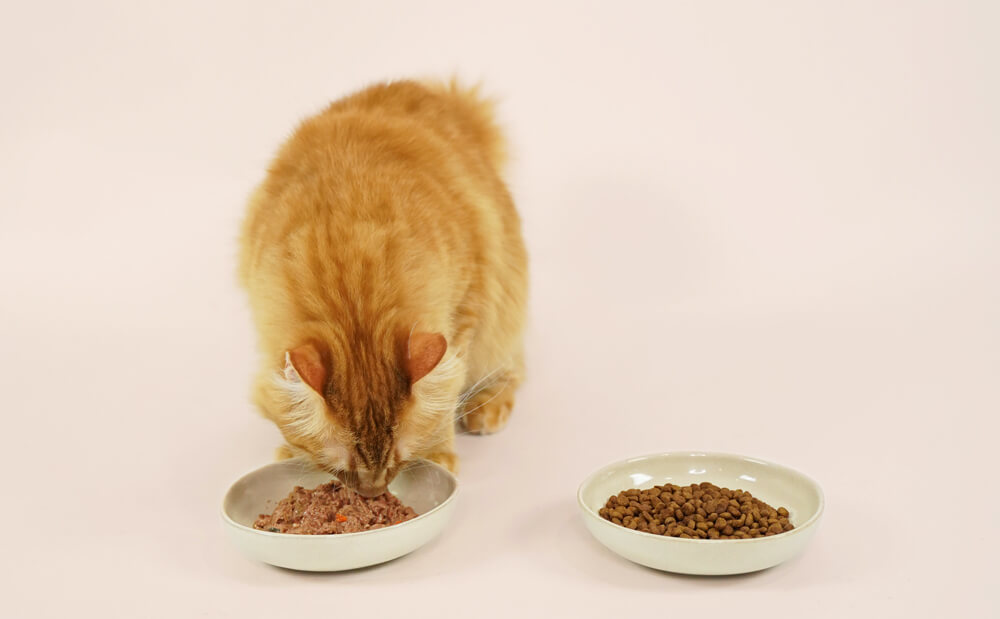
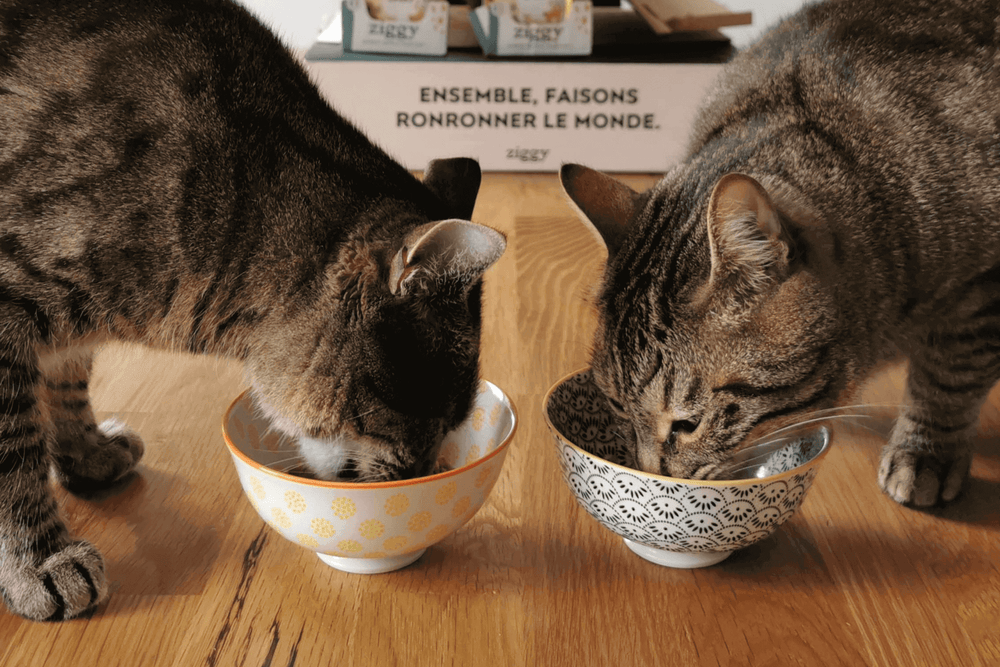
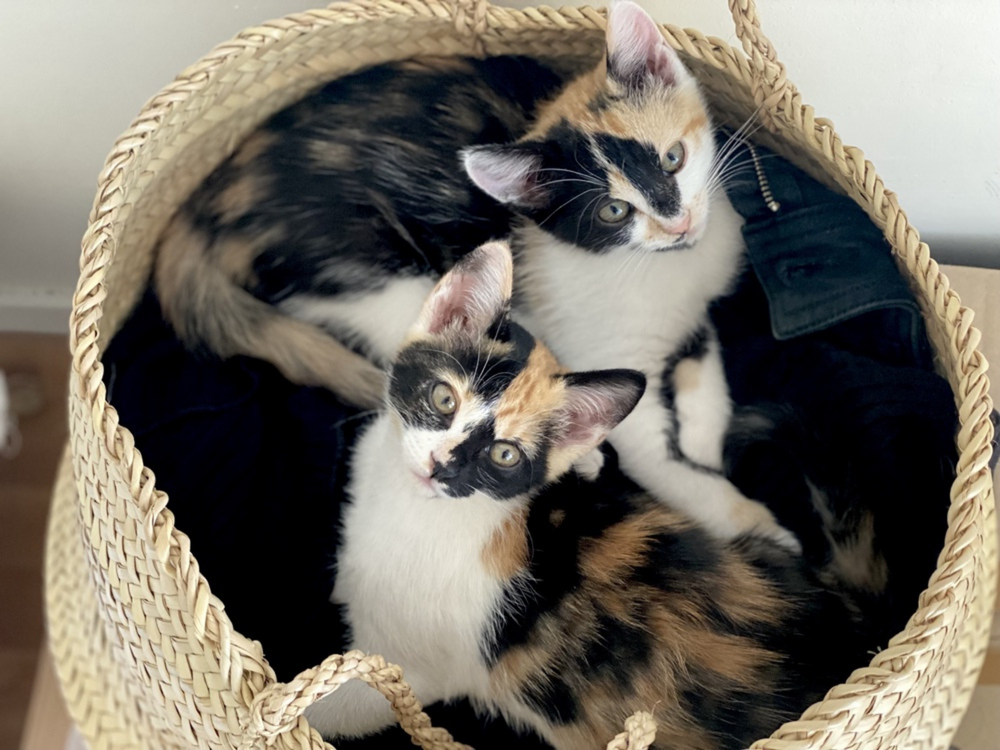
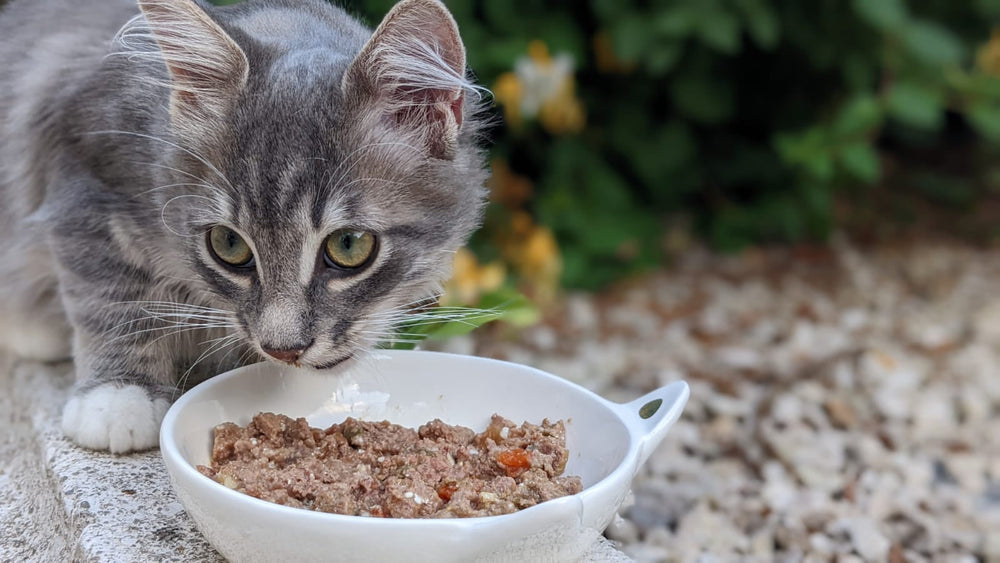
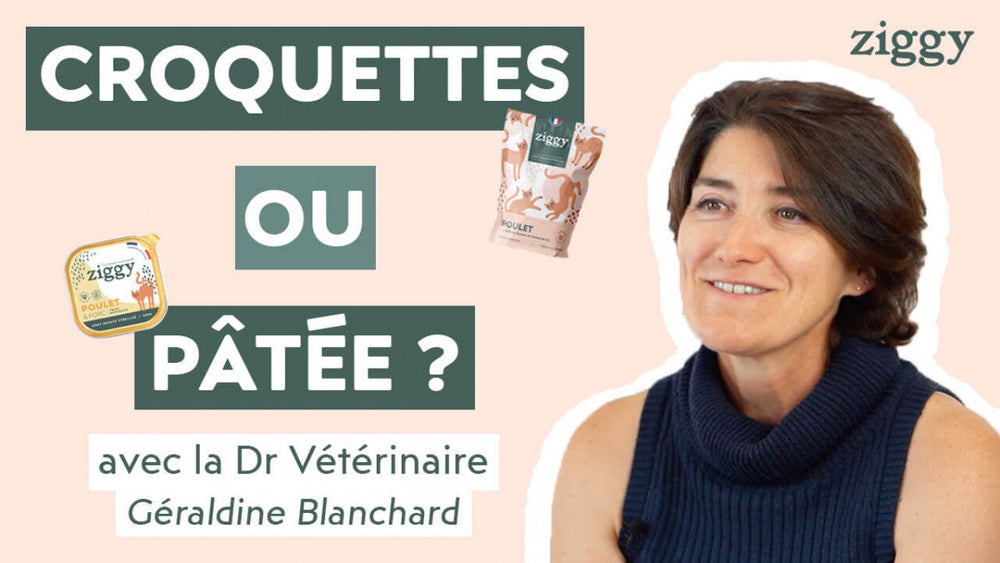
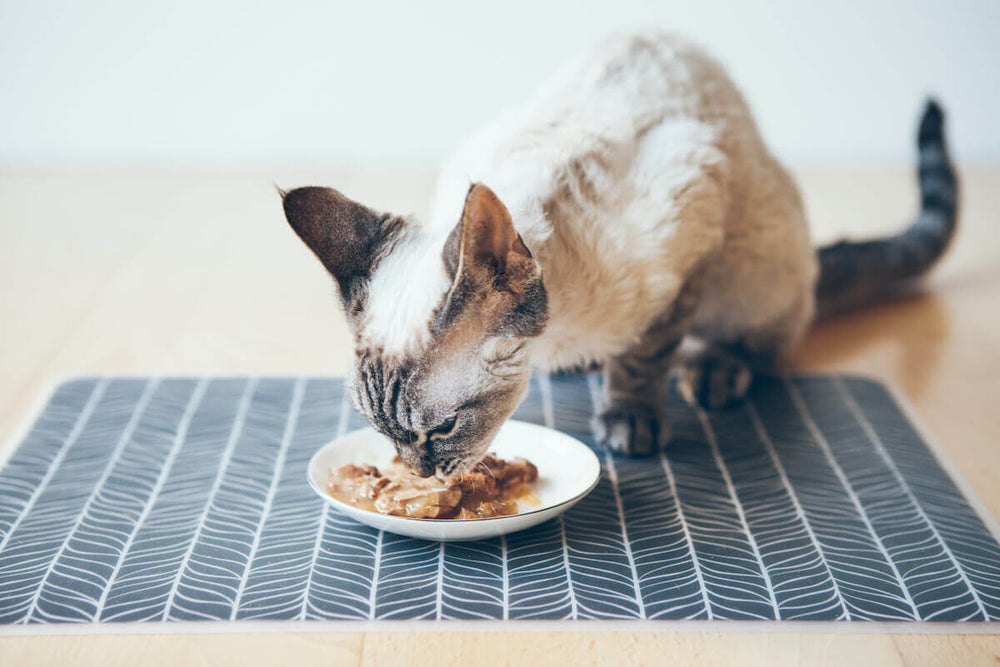
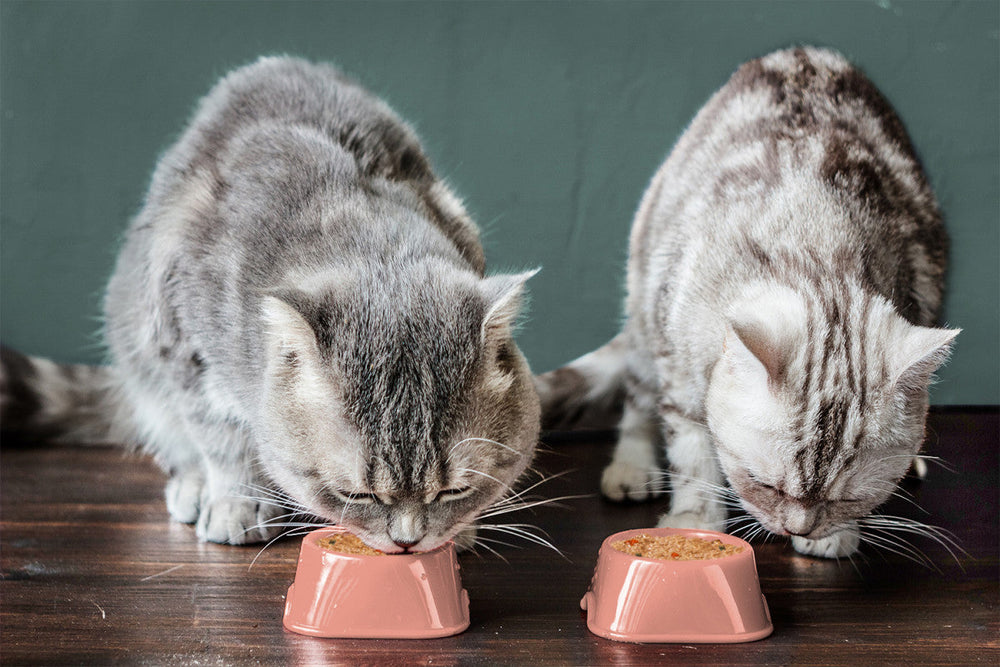
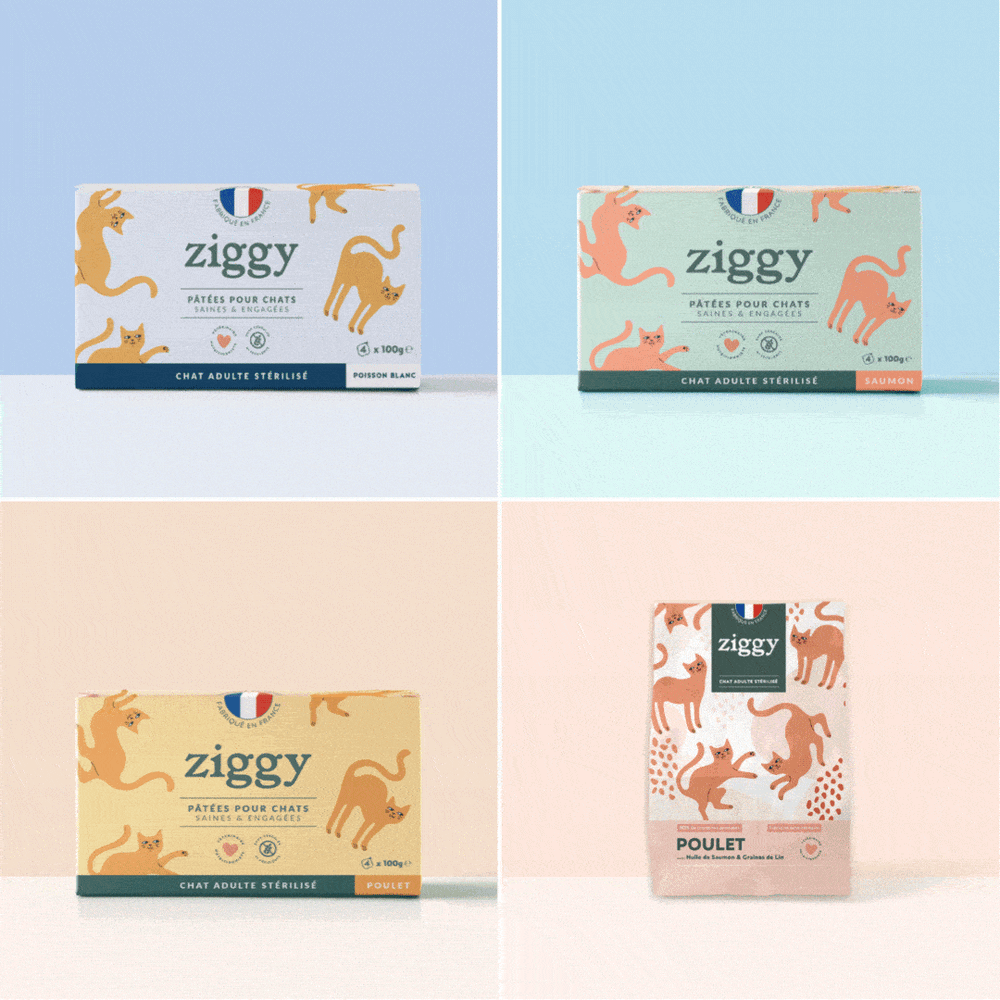
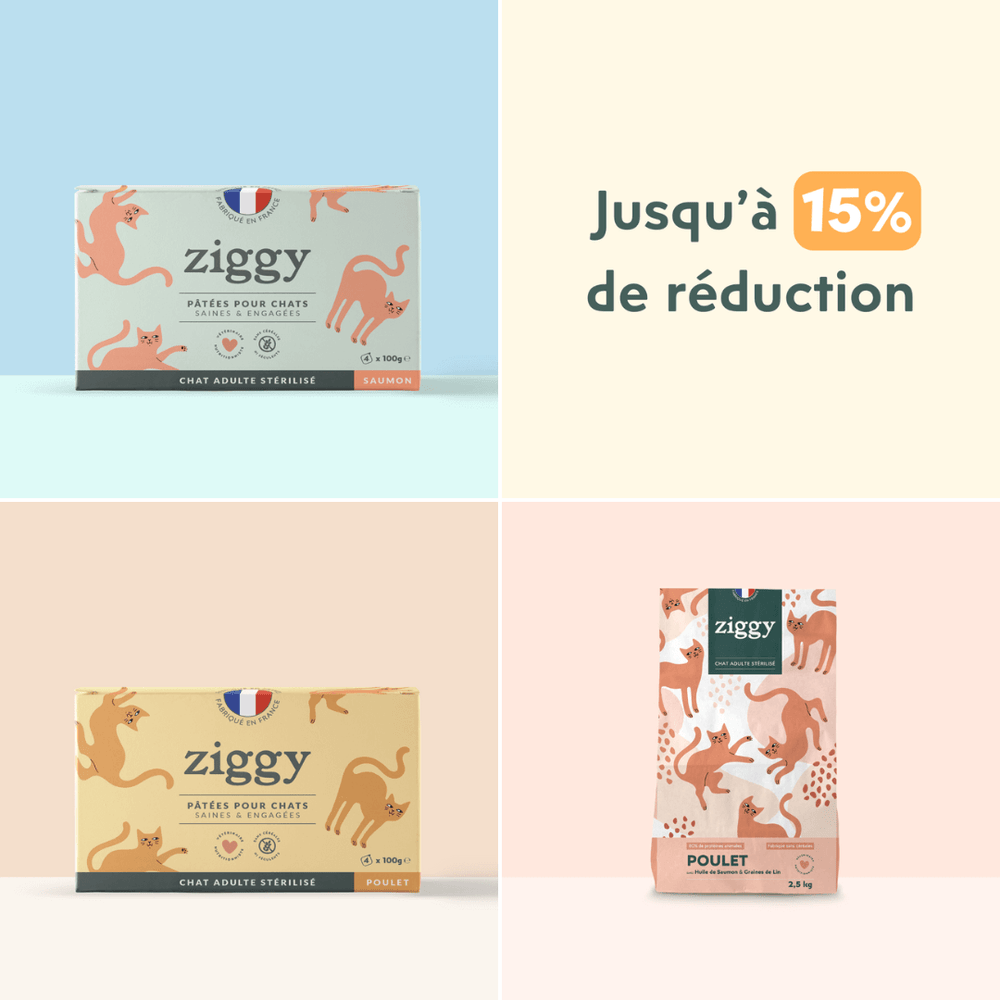
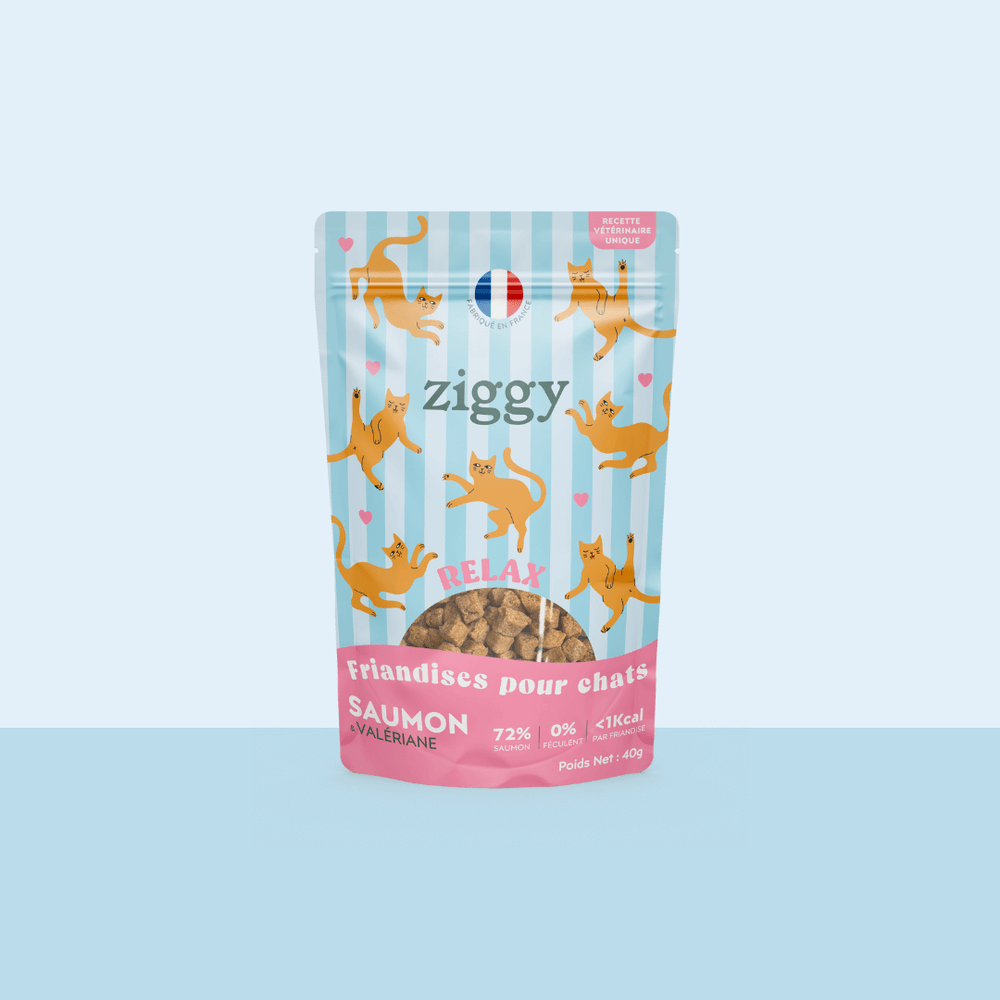
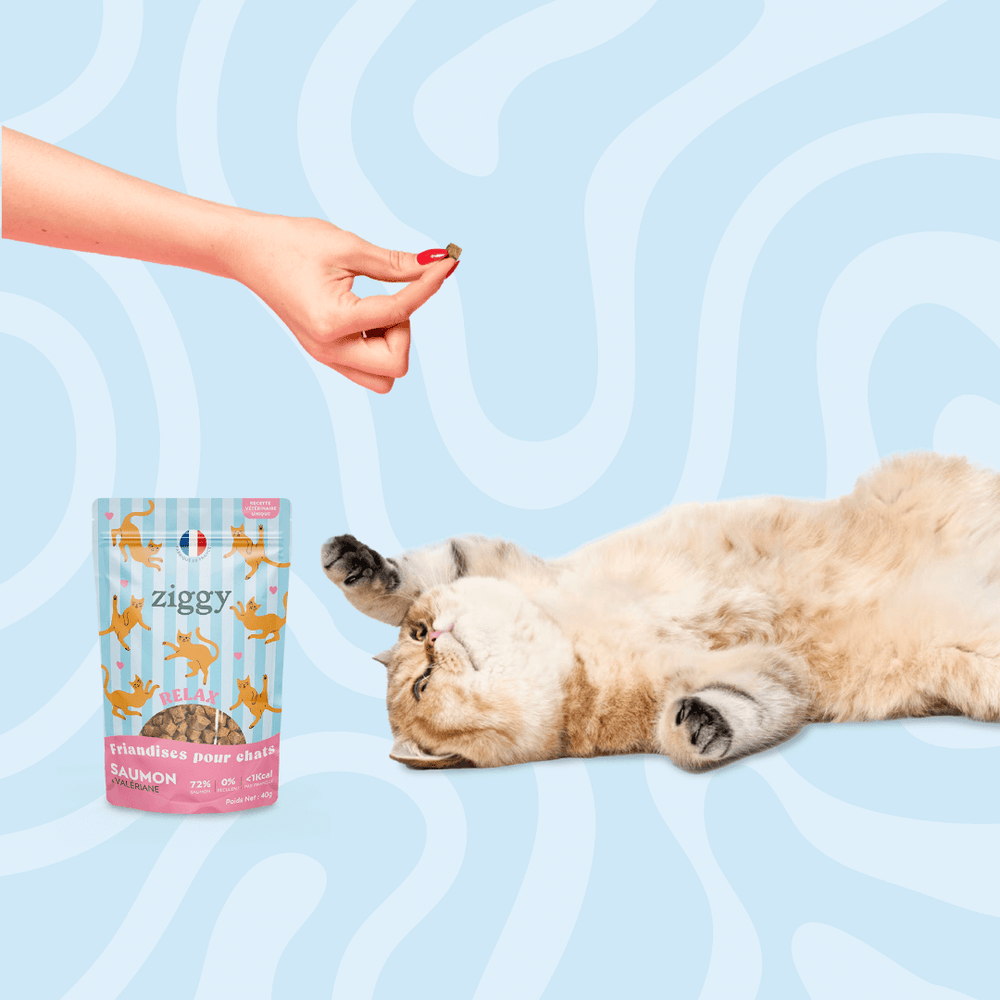
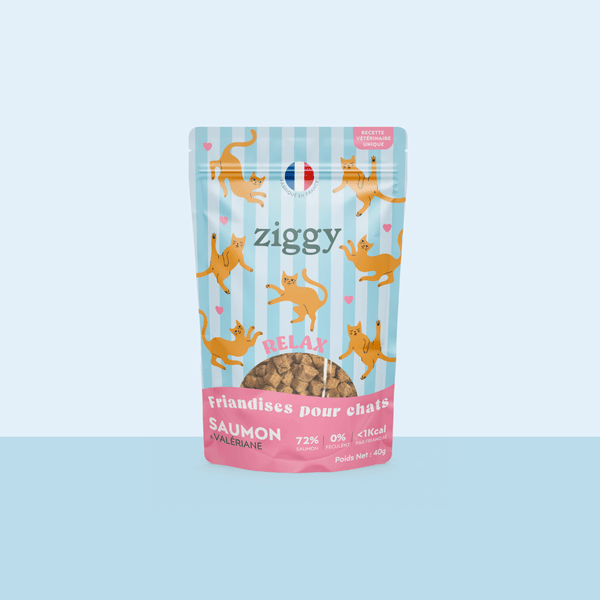
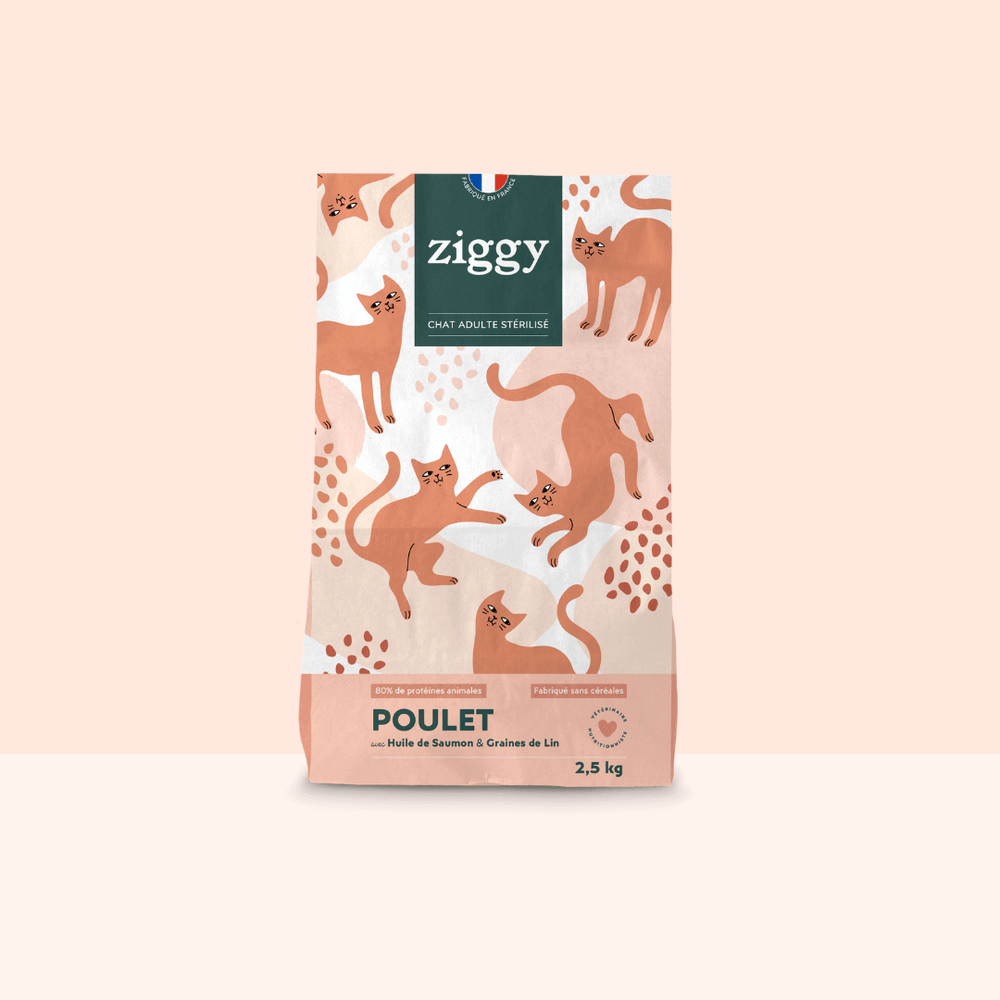

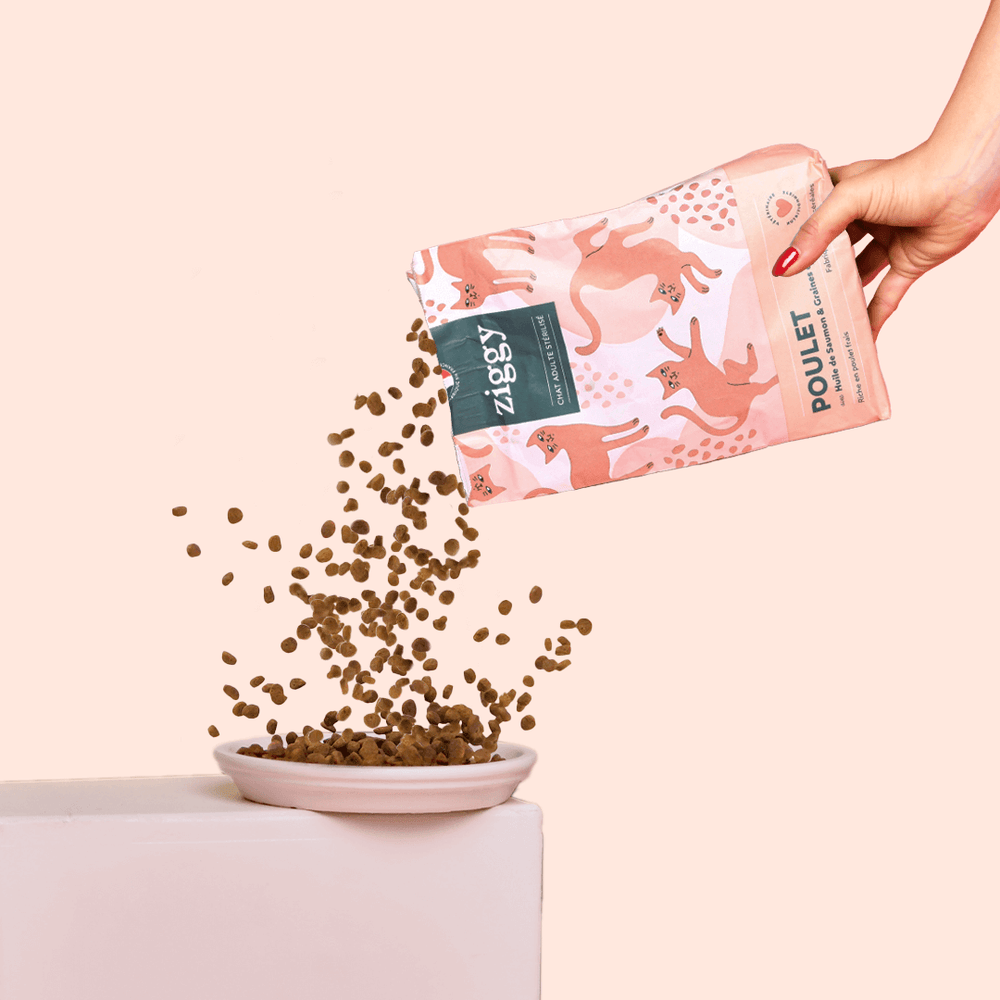
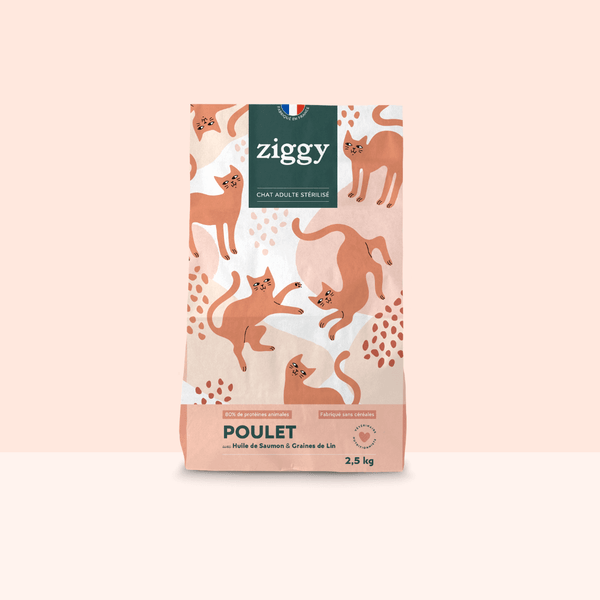

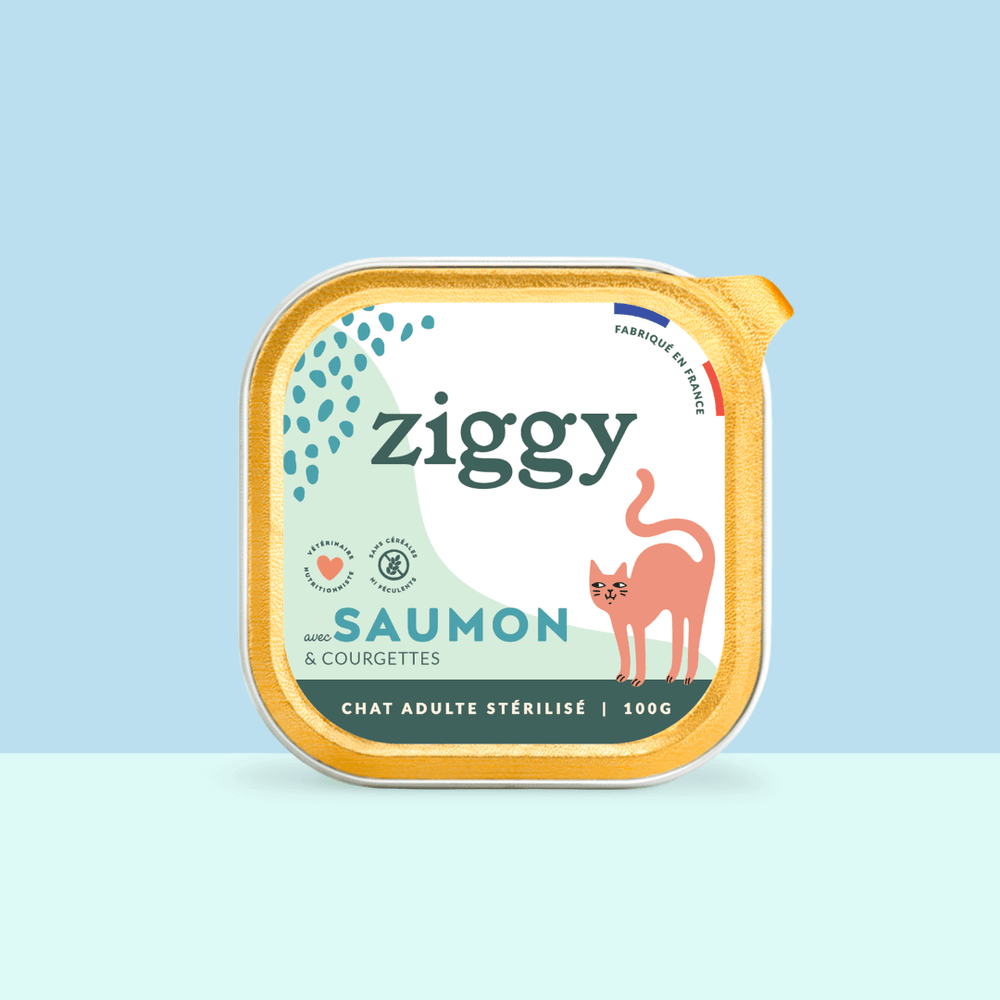

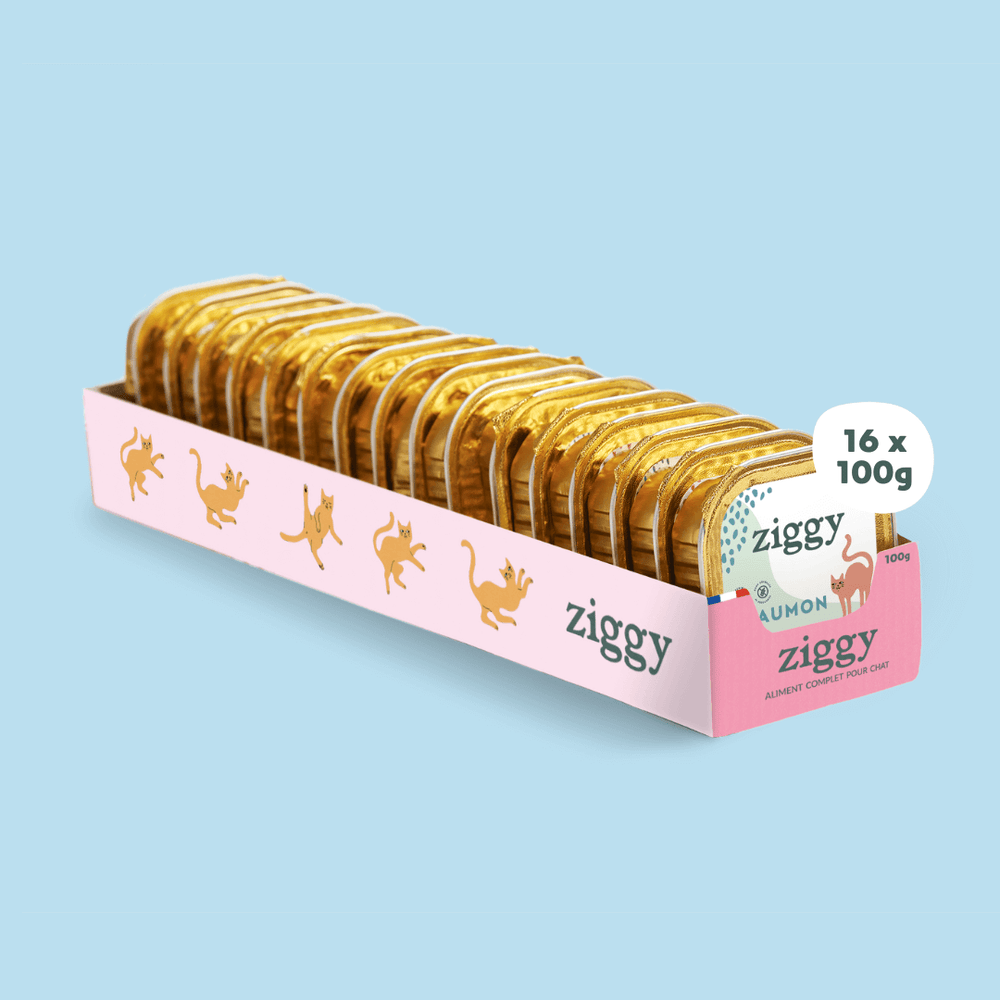
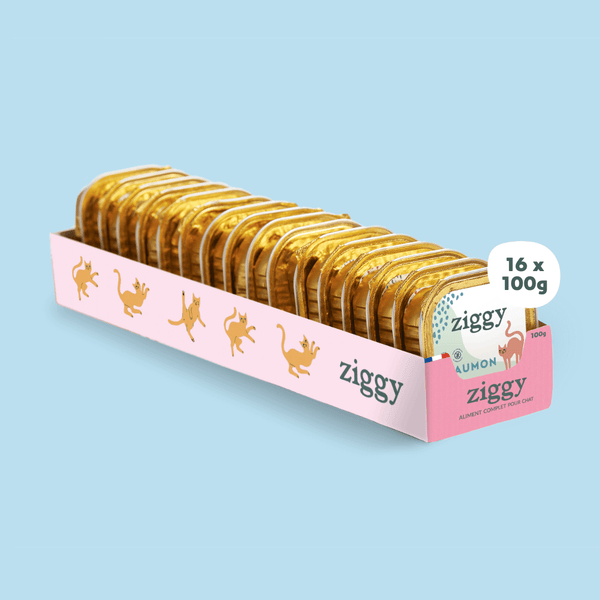




Bonjour,
Vous trouverez toutes les informations sur notre fiche produit dans les constituants analytiques. 😺
Si vous avez la moindre question, n’hésitez pas à nous écrire à hello@ziggyfamily.com.
L’équipe Ziggy 💛
Bonjour,
J’aimerais connaître pour la pâtée poulet, quelles sont les % en protéines, lipides etc pour pouvoir faire une analyse avec le calculateur de la gamelle au top. Merci d’avance
Leave a comment